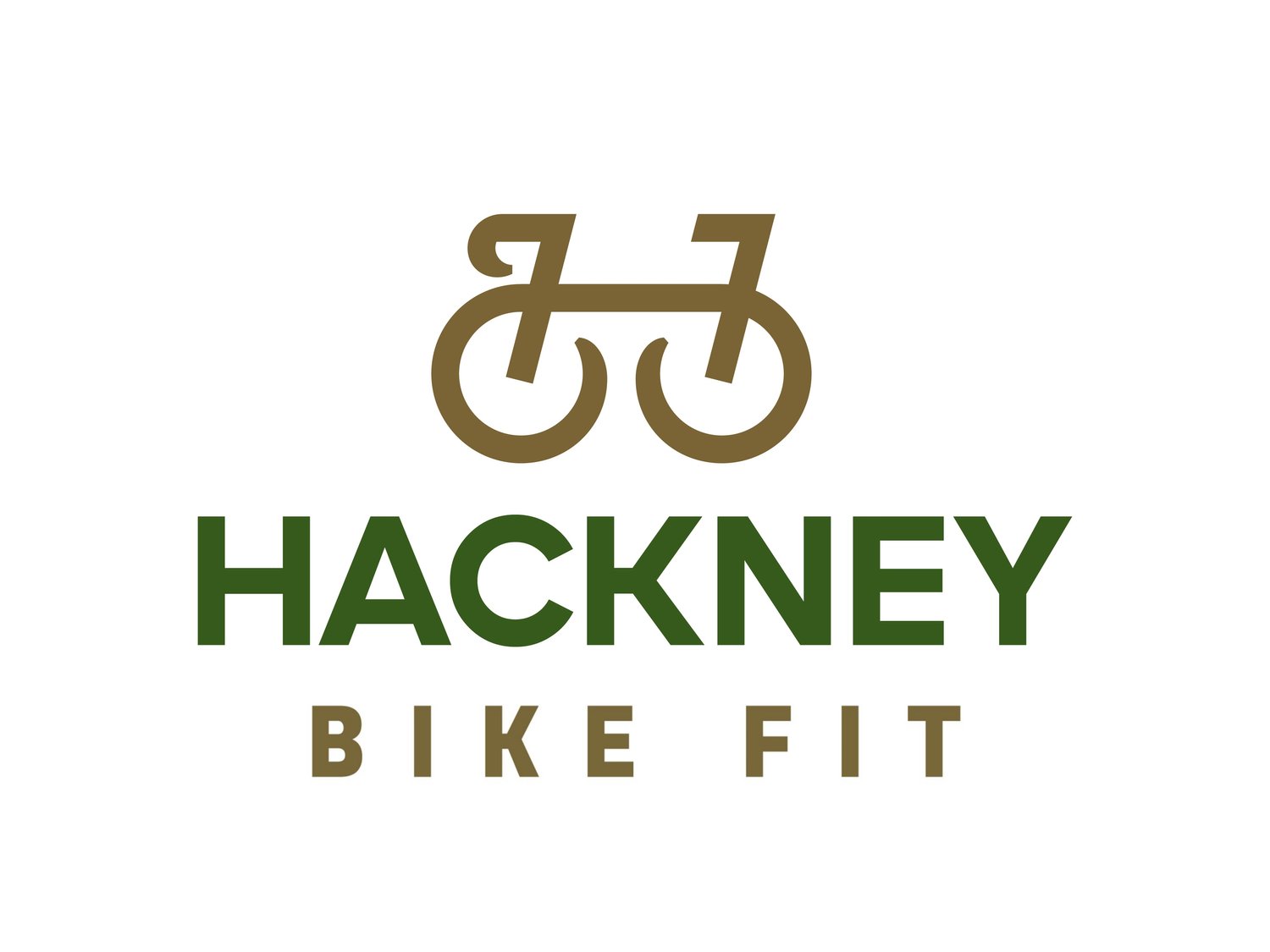How Do I Set up Cleats?
The first time I bought a pair of clip in shoes, I didn’t even think about how they were set up. I was in Bleach Sports in Bourg d’Oisans, the beautiful town at the bottom of Alpe d’Huez that I used to call home. I was more concerned about how the heck I was going to clip in and out of these without falling sideways off my bike than learning about the small differences in position available. Fast forward a year and I was still riding with the cleats in the same position that Will had put them in when I bought the shoes.
To set up your cleats correctly, the first thing to do is check that your shoes fit. If you are wearing shoes that are too big, your cleats will be further forward towards the toe and you may not be able to get them into the correct range. Shoes too small and not only will you be liable to toe numbness, but the cleats will be pushed back. I bought shoes that fit me, but I didn’t know I’d have to replace them after having two children. One of the pregnancy hormones that enables childbirth makes your ligaments relax, including the ones between all the small bones in your feet. My feet returned to their normal size after my first pregnancy but not after my second one and my feet have ended up at least half a size bigger. Cue new cycling shoes.
Secondly, know the shape of your feet. How far back do your toes end and the ball of your foot begin? That’s going to depend on the length of your toes compared to the size of your foot and believe me, there’s a lot of variation in this.
So what do the different positions mean to my riding?
If your cleats are so far forward that you’re pushing off your toes, you are likely to get toe pain or numbness and excess muscle fatigue, especially in the calf muscles. Imagine yourself running on tip toes. You can do it for a bit, but it wouldn’t be comfortable and you couldn’t do it for long without getting extremely fatigued. The furthest forward position your cleats should be is in line with the knuckle of your big toe. Depending on which cleats you’re using, there should be a notch on the side that tells you where the cleat aligns with the centre of the pedal.
Next is to adapt the position to your riding style. Again, think about going for a run. If you are sprinting, you lean forward and push off the front part of the ball of your foot. If you are jogging, you push off a little further back and for walking, it’s the centre of the ball. The same goes for cycling. A forward position will activate the calf muscles more, which is good for explosive strength, but tires more quickly. If you are going to be riding for several hours, the position needs to be further back.
Remember that if you move the position of your cleats, you will also have changed your effective leg length, so your saddle height may need adjusting, assuming it was in the correct position to begin with. Adjusting the forward and back position of the cleats is the first thing I adjust in my full bike fit.
The next adjustment to the cleats comes later in fit, after all adjustments to the saddle, bars and stem. For this, I need to set up a laser line to see how your midfoot position lines up your knee while you pedal. If your knees are tracking to the outside of the feet, the cleats can be moved inwards to shift the foot outwards on the pedal. This may do the trick or there are spacers and pedal extenders available to increase the movement. The reverse is true if your knee tracks to the inside of the feet. You cleats can be moved outwards to push the foot inwards. However, this direction is limited by the crank arm and for some people with larger feet, the back of the foot connecting with the back of the frame.
Why do we do this?
All leg muscles, upper and lower, attach at or around the knee. If your foot and knee don’t align, the forces going through your knee won’t be even, your patella can be pulled to the side and this can all contribute to knee pain.
For people who’ve been riding for long distances with incorrect cleat position, a poorly fitted bike or without paying attention to the muscle groups cycling can ignore, a stretching and resistance training program may be advisable.
